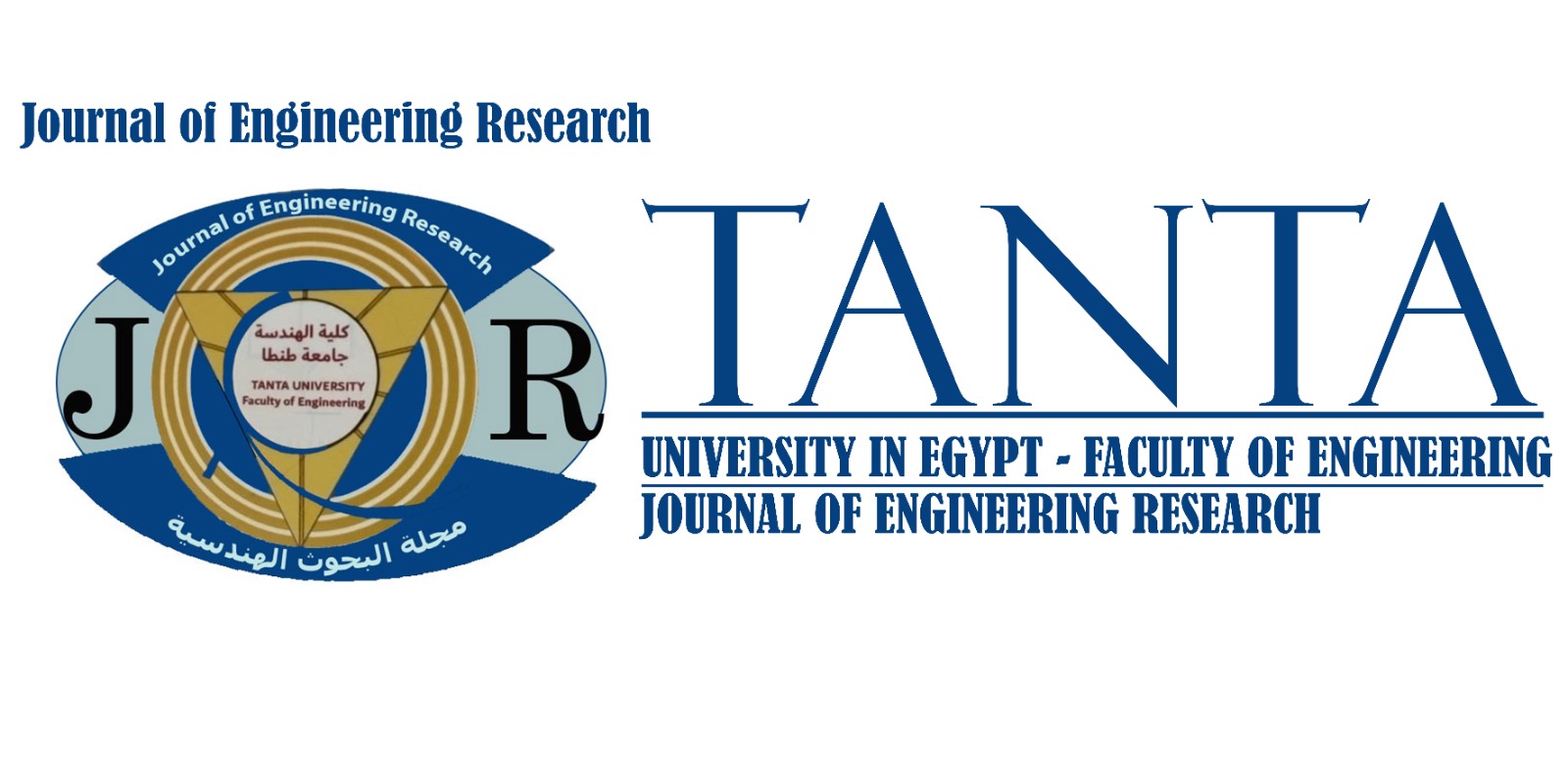Journal of Engineering Research

DOI
https://doi.org/10.70259/engJER.2025.911905
Abstract
The Butler Destination Life Cycle Model is one of the most prominent analytical tools used to understand the development and change of tourist destinations over time. The model is based on dividing the life cycle of a tourist destination into successive stages: exploration, emergence, development, consolidation, stagnation, and then deterioration or revival. This model helps identify the stages that a tourist destination goes through, providing tools to understand the economic, social, and environmental changes that may affect it.
The importance of Butler’s model lies in the fact that it provides a comprehensive vision for the development and sustainability of tourist destinations by understanding the challenges that these destinations may face in their various stages. It also allows planners and tourism policy makers to understand strategies for adapting to changes and directing efforts towards enhancing sustainability and extending the life of the tourist destination.
The reason for relying on it is due to the comprehensiveness of its stages and its flexibility in adapting to different geographical and economic contexts. Butler’s model is a powerful tool for understanding how tourist destinations develop considering the multiple factors that affect them, making it the ideal choice for analysing the stages of tourism life in many studies.
The research provides a comprehensive vision of the theoretical framework of the model and the indicative factors in determining the life cycle of tourist destinations, then analyzing global experiences in applying that model, then attempting to apply it to tourist centers on the Red Sea coast and formulating policies and mechanisms reflected in the development of centers in each stage of the model.
Recommended Citation
hassan gadallah, mohamed sayed mohamed sayed; AbdAlMoity, Ebtehal Ahmed Ebtehal AbdAlMoity; Elsayed Abdallah Marzouk, Ahmed Mohamed Ahmed Marzouk; and Hassan, Heba Mostafa Heba Mostafa
(2025)
"Life Cycle Analysis of Tourism Destinations According to Butler's model: A Case Study for Tourist Centers on the Red Sea coast,"
Journal of Engineering Research: Vol. 9:
Iss.
1, Article 16.
DOI: https://doi.org/10.70259/engJER.2025.911905
Available at:
https://digitalcommons.aaru.edu.jo/erjeng/vol9/iss1/16

